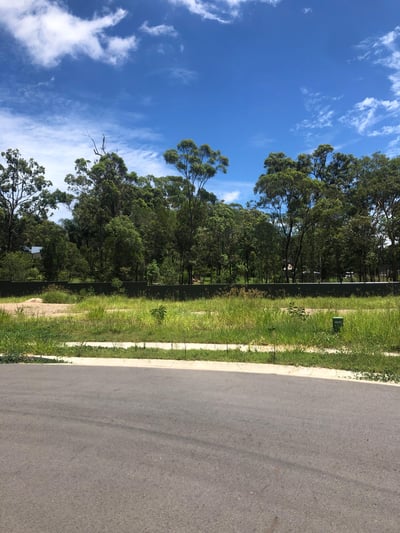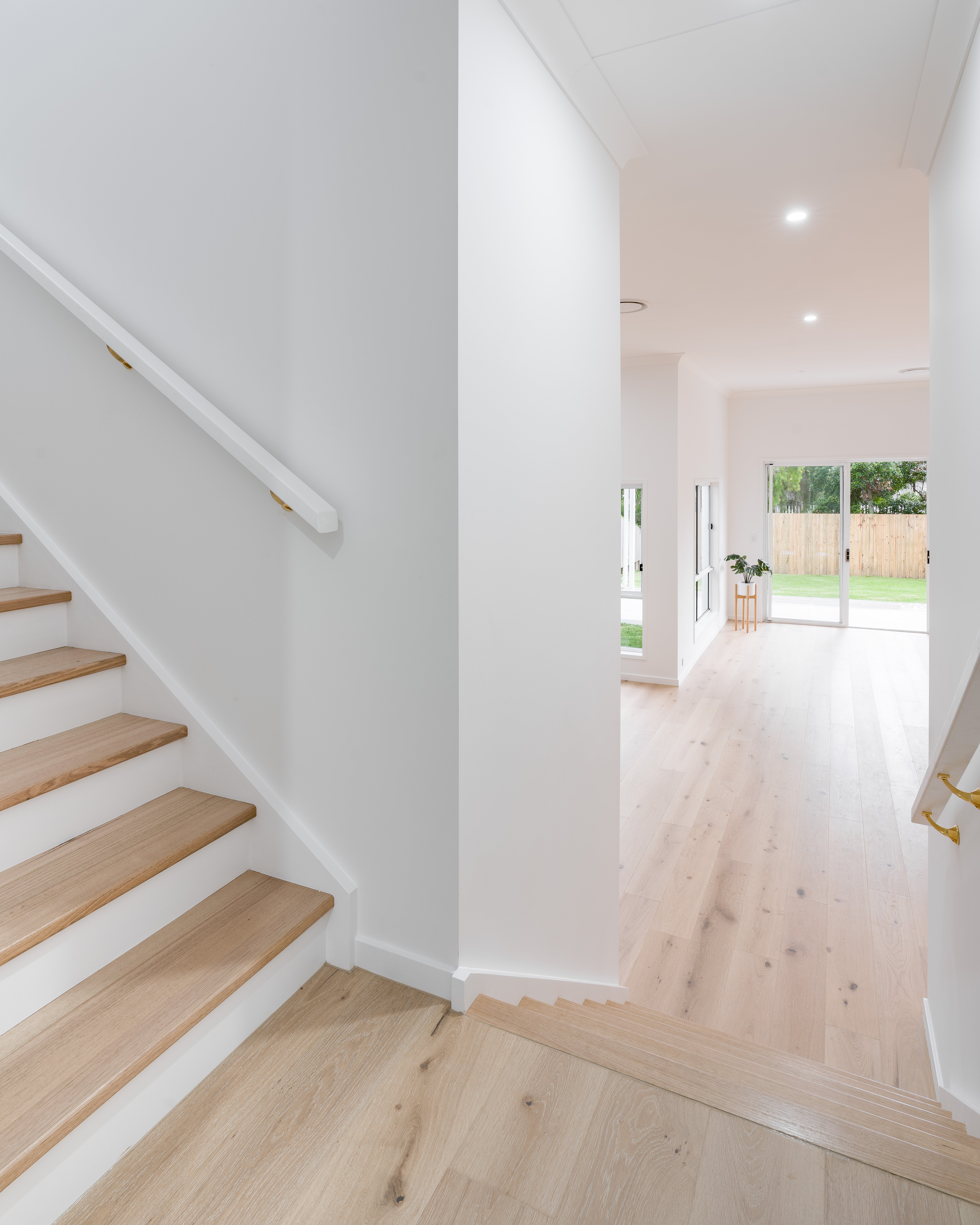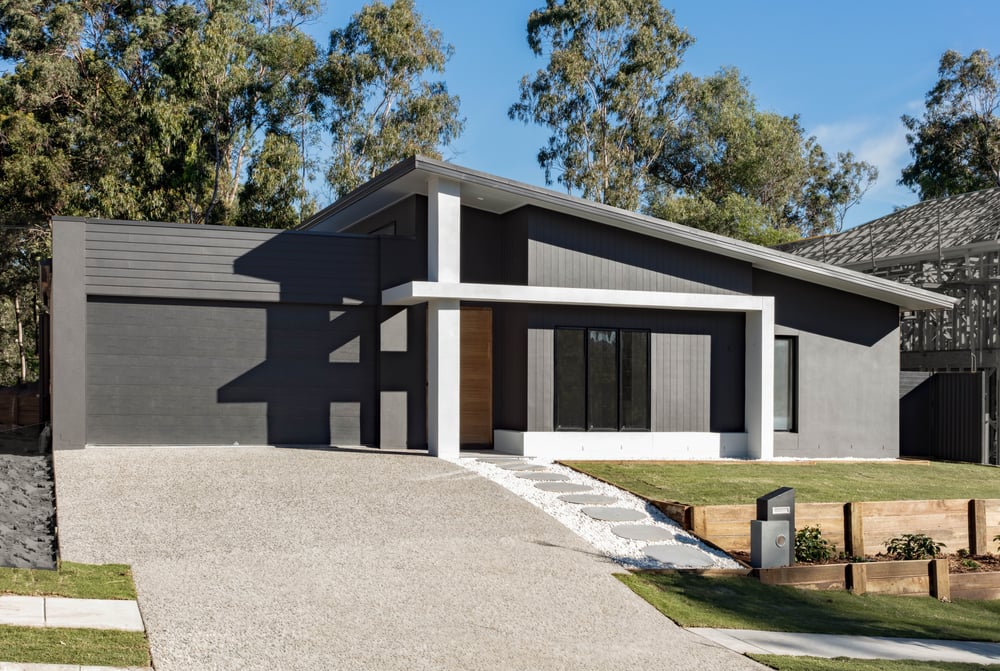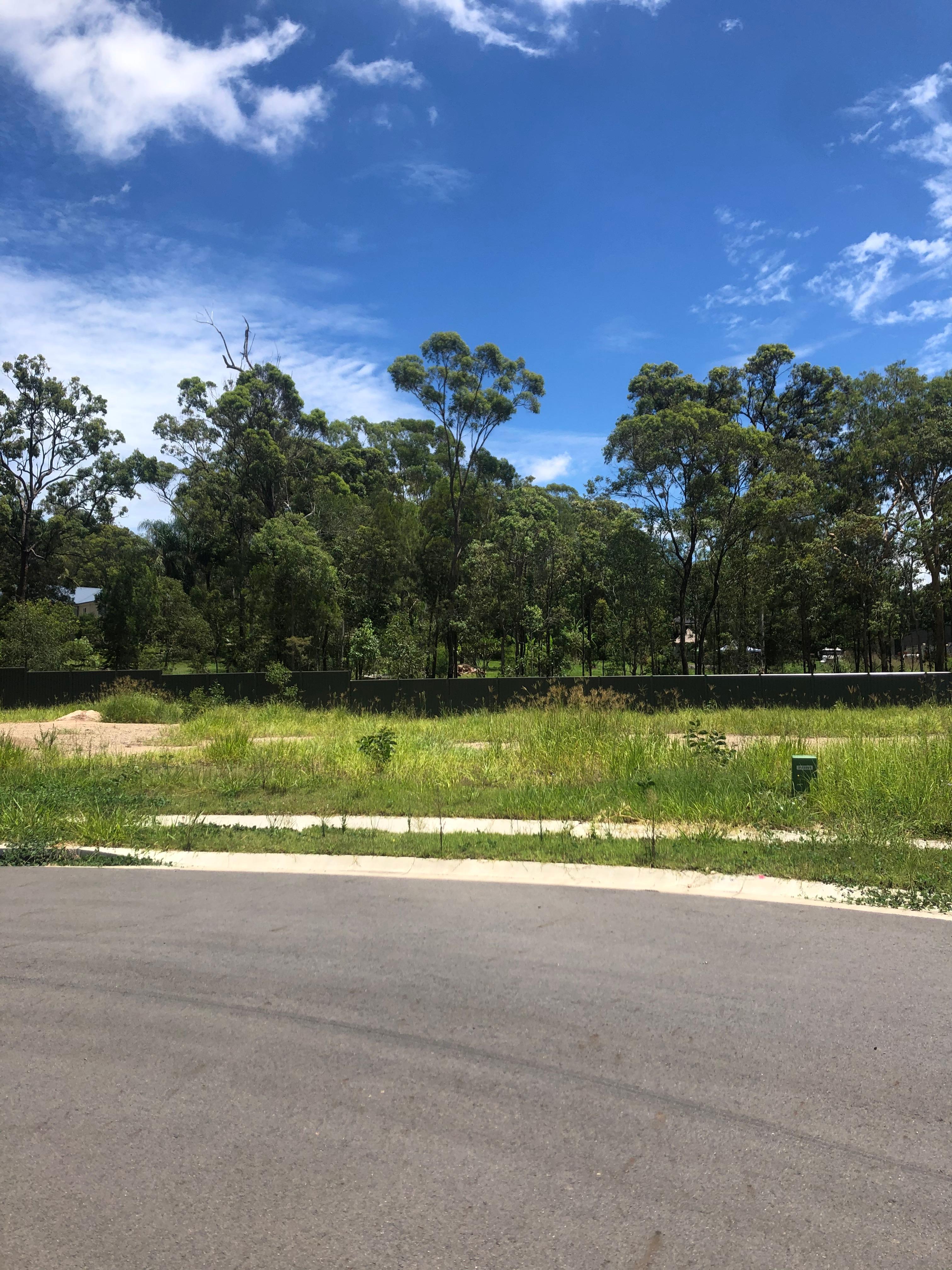Land Considerations Prior To Purchasing
- Home Building Journey
- Building Tips
If you are looking for land to build a new home, whether this is in a new estate or on existing land that is either vacant or for a knockdown rebuild, there are a few things that you should evaluate first. A lot of builders, due to a number of factors, will not even consider building on certain blocks. We have broken down some of these considerations so that you are equipped with the knowledge to make informed decisions regarding your home building journey.
 1. Location
1. Location
If your block of land is situated on a main road, a lot of builders will not even consider the job. But why is that you may ask? This is due to the difficulties associated with accessing the site itself. Think about the day that the slab is poured - a large concrete truck will be roadside for a couple of hours which may mean either road closures or traffic control requirements for that period of time. This results in additional costs and an added layer of complexity for logistics. The same applies for whether the block is close to a bus stop, traffic lights or speed bumps where site access may be limited and road closures not possible. Site access for trades is important too. If there is not sufficient parking surrounding your site, it can be difficult to contract trades for the build as they cannot afford to lug all of their equipment back and forth.
At DC Living, we consider jobs like this on a case-by-case basis. There can be workarounds and we will actively try to find solutions in difficult build locations so always enquire with us first if you are not sure.

2. Land Contour
Most blocks of land will have some level of slope to them but it is the amount of slope that is important to consider. A heavily sloping block may require a retaining wall to be built in (an additional cost) or require a larger amount of site works to be completed in order for building to commence. The level of slope may also impact the final house design with a split-level layout needing to be considered. A contour survey will provide this information and this process is something that we conduct in the Pre-Construction Phase of our home building process. At DC Living, we have experience building on inner-city sloping sites and have floor plans designed with this in mind.
3. Dimensions & Regulations
The layout of a block and its associated dimensions are important to consider prior to purchasing. This is because these factors can significantly influence the footprint of the home and whether builders will have floor plans suitable for your block. Another thing to consider, especially those in new estates, is any associated covenant that must be adhered to. Each estate may have its own regulations regarding boundary set back and whether the home needs to be single or double storey which can limit the house design that can be selected for that block.

Finally, you need to consider any council overlays and regulations that are applicable to your block of land. There may be flood overlay codes to assess, bush fire overlays which may impact the type of materials that can be used in your home, character overlay which will influence the façade design for your home and noise overlay which may mean you need to invest in extra insulation or double glazing on your windows. These considerations can be quite overwhelming but luckily, our team of New Home Consultants are well versed when it comes to estate covenant and council regulations across South East Queensland so can assist with this.
4. Drains & Manholes
If your block of land is home to any manholes, this can impact where you can physically build on that site. A manhole indicates that there are pipes and subsequent networks & infrastructure under the surface which may mean you cannot build your home over it. While some manholes can be moved, there are significant costs associated with this. Similarly, curbside drains are an important consideration too. If a block has a gutter drain directly on the curb, it is important to evaluate the water impact that this may have to your property. Given the history of flooding in Brisbane, we recommend checking flood maps to see if this land is at risk of flooding prior to purchasing.
5. Land Registration
The last thing to consider, and particularly relevant to those who are looking for land in a new estate, is land registration. That is whether or not the land has a title and you, therefore, have ownership and the ability to build on that land. And if it isn’t registered, it is important to consider when this may take place. A lot of builders will not go to contract on a new build unless the land has been registered, which can sometimes take up to 12-18 months or even longer. We have a range of house and land packages available with land that is registered and ready to build on.
We recommend that if you are looking at land to build on, reach out to a builder before you purchase so that you can ensure that it is actually possible to build the type of home you want in the first place.
At DC Living, we are always here to help. We have an experienced team of New Home Consultants that can help assess land and have a wealth of knowledge when it comes to land considerations across the Greater Brisbane Area and South East Queensland.

